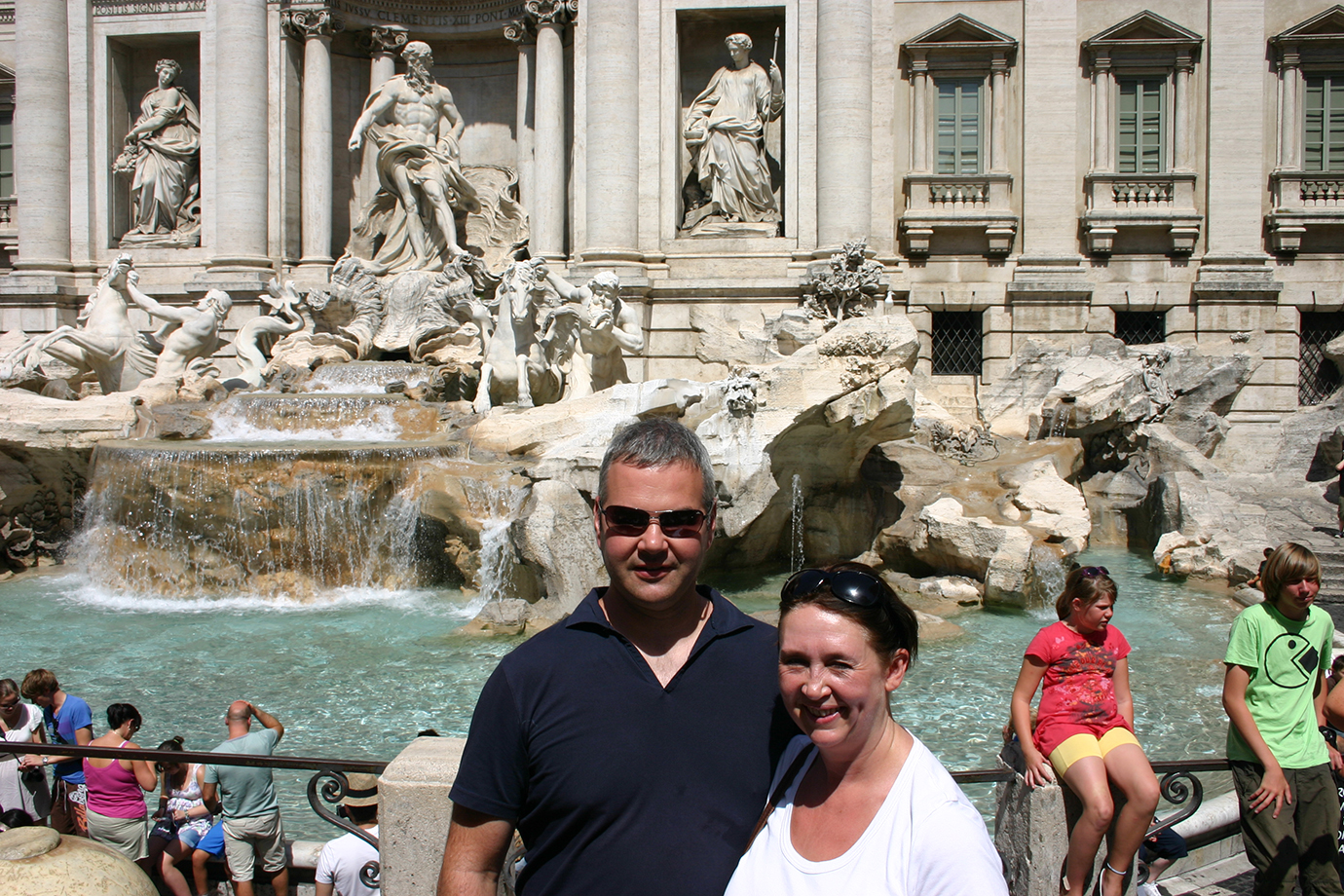Rome wasn’t built in a day!
- 11 January 2024

This expression is an adage attesting to the need for time to create great things.
It’s common knowledge that at the start of every year, there’s a great rush to make changes or New Year’s Resolutions.
The problem is that many resolutions are optimistic of great change and have often fallen by the wayside by mid- to late- January.
At this time of year personal goals are often set “to lose weight,” “get fit” or “have more sleep.”
Why do they so often fail?
A while ago I decided it was time to start looking after myself a bit better.
Firstly, I had to work out what that actually meant for me - nothing complicated just some simple basics (making sure I didn’t turn my toothbrush off before the 2 mins timer went off, sunscreen every day, reducing my alcohol intake, minimising the amount of ultra processed food I eat, etc etc)
Rather than launching in with a whole host of new habits (resolutions if you like) I decided to start with one thing, something simple and measurable.
Once I found that that task had become routine, I added the next commitment.
And I found that by establishing an anchor (one habit) I could attach the next new habit to that activity without diminishing the first.
I’ve found that it’s best if I spread my tasks out over the course of the day and worked out which actions I could connect together and what I could anchor them too.
I created a plan…….
… and on December 31st whilst everyone was chattering about new years resolutions, I smiled as I have set resolutions (although not new years one) AND STUCK TO THEM!!
So why was I successful and not lapse back into old habits?
☑ I set myself a goal a SMART goal (Specific, Measurable, Achievable, Relevant and Time-bound).
☑ I committed to achieving the goal and when I was tempted to stop, I looked back at the achievements I’d already made, which strengthened my resolve
☑ I celebrated my success each time at each milestone
☑ It was easy to measure achievement – either I had done my task, or I hadn’t, and it was tracked.
☑ I added the next layers only once I had established step one and was regularly and reliably achieving the goal
I realise that none of this is earth shattering, so why am I telling you all this?
When working with clients on their strategy, we start by looking at the vision and mission and then looking at the objectives that are being set to work towards achievement of that mission.
I sometimes come across objectives such as “to increase revenue,” “to retain more customers,” “to acquire new customers” or to “launch a new income stream.”
That’s where SMART objectives come in.
Objectives need to be
SPECIFIC – how many new customers will the business acquire? Will that lead to increased net active customers, or is there a risk that existing customers will not be retained as the focus switches away from keeping them happy?
MEASUREABLE – whilst having numbers specified is great, it’s essential that we can easily measure whether we are on track achieving agreed milestones, not just the final destination number. If it’s complex to measure an objective – it won’t happen, and the goal won’t be achieved.
ACHIEVABLE – given the current position (established through completing situational, SWOT and Gap analyses) does the target look realistic and achievable? Is the objective dependent on other achievements or can it stand alone?
RELEVANT – does the objective align with the mission and vision? Will it help move the organisation in a relevant direction, or could it be a distraction?
TIME-BOUND - when does this objective need to be met? Time-bound goals should ideally have milestone steps built in. For example, if we are to increase customer retention by 5 percentage points by the end of the year, how far should the dial have moved after three, six and nine-months?
When looking to grow an organisation, it’s great to be ambitious, but it’s also important to remember that Rome wasn’t built in a day. Building in changes that will provide the foundations of change and can be layered upon once they have become business-as-usual activities, has a much better chance of delivering success.
And whilst Rome wasn’t built in a day, I did once tour Rome in a day (see photo!) on a day-stop from a cruise ship holiday. Worst holiday I’ve ever been on but that’s another story!!




